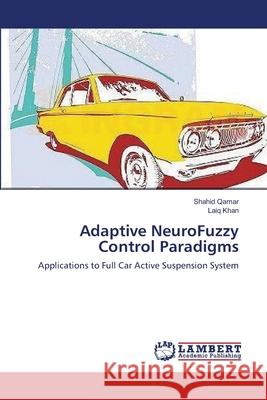Adaptive NeuroFuzzy Control Paradigms » książka
Adaptive NeuroFuzzy Control Paradigms
ISBN-13: 9783659373886 / Angielski / Miękka / 2013 / 352 str.
In this manuscript, the main objective is to obtain improved active suspension control for the full car model. A car suspension may be classified as passive suspension, semi-active suspension and active suspension system. Mathematical modeling of the passive suspension, semi-active suspension and active suspension for the full car suspension control are evaluated. Then three models of car suspension, i.e., quarter car, half car and full car models are explained. The spring and damper of the conventional passive suspension and semi-active suspension are fixed. Due to this drawback, the passenger comfort and vehicle handling is affected against the road disturbances. To resolve this drawback active suspension for full car model is explained. An active suspension consists of actuator. The controller drives the actuator, which depends on the proposed control law. The active suspension system gives the freedom to tune the whole suspension system, and the control force can be initiated locally or globally depending on the system state. Then active suspension systems provide more design flexibility and increase the range of achievable objectives.











